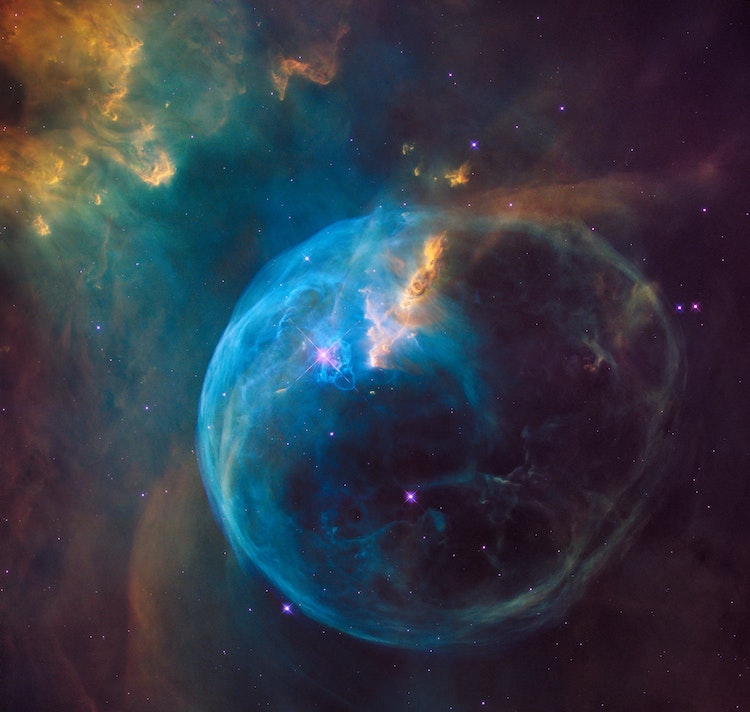Without reading the paper, I suspect there are some shortcomings in their estimates for potential life-sustaining planets.
They restrict useful radiation to the 400nm to 700 nm range, assuming photosynthesis needs about the same SED (Spectral Energy Distribution) in this range from any star.
There are, however, 32 known exoplanets that are in the HZ from G-class stars, which is the Sun's class that produces almost 1/3 or more of its radiation in this visible light range of 400nm to 700nm. There are 6 F-class stars with HZ planets, and these stars are even stronger in the visible band.
Also, with the discovery of life under the ocean that is in total darkness, it may be underestimating how powerful life can be. [Did they not watch
Jurassic Park?

]
Also, this range is also our eye's vision range. It may be no coincidence that the evolutionary track for vision and photosynthesis favors the near optimal use of the Sun's radiation. It would be plausible that both of these might be different for slightly dissimilar suns.
So perhaps I'm missing some other criteria that cuts this way down, such as the mass of the exoplanets. [I will take more time reading it, to be fair, but wanted to jump in anyway.




